The Kidepo National Park is one of the unknown parks to discover but that has a lot to offer the visitor. Located in the extreme north of the country, bordering South Sudan, this park is one of the most remote, driest and hottest in Uganda, but it has a unique and spectacular landscape that makes it different from other parks.
It is a jewel that is still preserved virgin, crossed by different rivers and with species of animals that you will not see in the rest of the country (28 of the 80 species of animals that exist are only endemic to the park). It has an area of 1,442 square kilometers and is located in the middle of mountains in the Karamoja region, a region that for years has claimed its independence, famous for its herds of cows.
Kidepo has been named one of the top 10 parks in Africa for its spectacular scenery and large herds of buffalo. CNN says that Kidepo is perhaps the most picturesque park in Africa and a hidden gem to discover. So, you can’t miss it if you visit Uganda!
How to get there?
Kidepo NP is located in the extreme north of the country, sharing the border with South Sudan. Getting there will mean investing time since the roads are not paved and are very far from the other points of interest in the country. But the visit and the journey are well worth it..
To get there, there are mainly two ways:
-From the Karamajong area, where you will have to get to Kotido and there ask about the safety of the route to Kaabong. We were recommended to take the route that passed through Rengen and do it in the morning where there is more movement of vehicles. The roads are dirt, they pass between different towns, therefore, note that you can go at a maximum of 60-70 km/h. Once in Kaabong, you must continue along the main route for about 60km where you will cross different valleys and you will be accompanied by a very beautiful mountain landscape that will force you to slow down to enjoy your surroundings. Once you have covered these kilometers, you will find a detour to your right that will take you towards the Kidepo Airstrip. When you take this detour, a few meters away you will find the access door where you will have to process all the tickets.
– From the Gulu or Lira area, you should get to the town of Kitgum on paved roads in good condition. Once in Kitgum, you will have to deviate towards Karenga driving on dirt roads full of stones, with steep ascents and descents in the final section that will force you to go very slowly. With a 4×4 you can make this route very quietly, but having time to get to Kidepo during the day. Note that it will take about 3 hours to travel the 125 kilometers that separate Kitgum from the access gate to the park.
Permits and prices
The Kidepo NP is a park managed by the Uganda Wildlife Authority (UWA), the main public body in the country that is in charge of preservation and controls access to the different parks.
At Kidepo, the price of admission for an international tourist is 40 USD per day and person, plus 50 USD per vehicle and day if you enter with your own car with foreign registration. Before, for the car issue, you had to pay 50 USD per ticket, so you could stay 3 days and only paid 50 USD. Now, since August 2021, these regulations have changed and the vehicle entrance is also charged per day. Therefore, if you visit a national park for 3 days you will have to pay a total of 150 USD for the entrance of your vehicle.
At Kidepo, you can pay with cash or credit card. In the latter case, at the access gates they will apply an exchange rate since they only accept payments in Ugandan shillings (with a change that you lose); but in Apoka, at the Kidepo NP headquarters, if you want you can pay your fees with USD. We entered from the east and the guard at the gate allowed us access to get to Apoka to make the corresponding payments for the park tickets.
What to do in Kidepo NP?
If you have managed to get to Kidepo NP, surely there you can enjoy a great beauty of the environment. We emphasize that you do not miss the following activities:
– Go on safari amidst spectacular scenery
Kidepo is one of the best places to see endemic animals that you will not find in the rest of Uganda and that stands out above all for the large herds of buffalo that are grazing between mountains. If you are lucky, you will also get to see the cheetah that cannot be seen anywhere else in the country. If you like birds, it is one of the most emblematic parks to go to see them. You can easily see zebras, elephants, buffaloes, Rothschild giraffes and different antelopes such as the topi, a characteristic animal of Uganda.
The best time to visit the park is in the dry season (from September to March), since the vegetation will not be very high and you will be able to see the animals better. However, Kidepo is a park that is beautiful wherever you go.
– Sleep in Kakine campsite
Sleeping on top of a hill at Kakine Campsite will allow you to be in the middle of the African savannah, with 360º views all around you and surrounded by mountains. The sunset was unforgettable!
It is a unique experience that we liked very much because you are in the middle of nature, without barriers and next to the lion area that gives you an adrenaline rush. We advise to make a fire and bring all the necessary things to camp and eat since there is no facility.
– Visit a tribe in the area such as the Karamajong or the IK
In the Karamoja area, the Karamajong tribe stands out, famous for their large herds of cows and for having practices similar to their Maasai neighbors in Kenya. We recommend stopping in Kotido and from there taking a cultural tour to see a town. At the accommodation where we were in Kotido, we met James, a very nice young Karamajong who explained us a lot of things about his roots and his culture. He works as a guide to visit different towns for a price of 10 USD per person. You can contact him by phone: +256789625440.
Where to sleep?
– Kakine Campsite: This campsite located in the Kidepo NP is one of the best places we have slept in Uganda. It is booked from the park entrance offices at a cost of 20,000 UGX per person per night. The site is spectacular, with 360° views over the entire Kidepo valley and the mountains, and from where you will enjoy a spectacular sunset. In addition, it is located next to the Lion Rock so that many nights you can hear and see these animals.
– Apoka Hostel Bandas: This accommodation is also located in the Kidepo NP, next to the park headquarters. Managed by the park itself, it offers cabins to rest for those who do not have their own vehicle to camp and wish to enjoy a night at the Kidepo NP. For more information, you can click here.
– Karamoja Arts Guesthouse: This accommodation is located on the outskirts of Kotido. It consists of different traditional cabins of the Karamajong tribe, where you can also go camping with a very good value for money. It is a very good stop between central Uganda and Kidepo to avoid making the journey for a whole day. For more information, you can click here or contact directly to her owner at +256788335442.
Our route
DAY 1: We had woken up still far from Kidepo NP. The national park is located in the north of the country, bordering South Sudan, and we had more than a day’s journey from Tororo to reach it. So this first day we drove to Kotido, a town located in the Karamajong area, giving a little back due to some safety tips that they gave us from Kotido to avoid a route where we could have more than one problem.
During the tour we passed through different towns characteristic of the Karamajong tribe, with their circular huts and very low doors. People greeted us as we passed their houses and crossed the different police checkpoints along the way. After a local lunch in a village, we arrived in Kotido where before dark we walked to see the atmosphere: crowded soccer field, young people doing acrobatic jumps, food stalls around the main road, bars with music… A city full of life!
DAY 2: Today we arrived at the Kidepo NP, one of the least known parks in Africa. To get there, we still had a few hours to go. We drove on roads that crossed valleys and mountains, with fabulous scenery. Each place was a good stop for a good photo. A green and mountainous area that separated Uganda and South Sudan.
We arrived at the Kidepo NP around noon, where after formalizing our entry we ate at the Apoka (main offices of the park) with the company of jackals. Four drops fell but, fortunately, the rain cleared and we were able to enjoy a safari with our car through the paths of the park. In Kidepo there are thousands of buffalo… we find it everywhere! Some even paid respect because they didn’t get out of the way and showed you their teeth. Others were calmer while bathing in one of the waterholes that had been formed by the rains of that month. The landscape was green, with views of the mountains and animals, which made the Kidepo an exceptional park due to the beauty of its surroundings. In addition, we were lucky to be able to sleep at the Kakine campsite, a site in the middle of the park and with 360 ° views that offered a great perspective of the entire park. A mandatory stop if you sleep at the Kidepo! With a good bonfire and a beer, we said good night to one of Uganda’s discoveries.
DAY 3: In the morning, we get up early to go exploring the Lion Rock area in search of lions. The previous days no one had seen them, so we must have been very lucky to see them. In the rainy season, the grasses are tall and many animals go to the mountains, since they have easy access to water and food. After driving around in the car, looking around, mistaking rocks for lions, and spotting buffalo, we couldn’t see the lions! So we pulled towards the front door to say goodbye to Kidepo, a park with an impressive landscape beauty and where, during the dry season, you can see different predators such as leopards, cheetahs or lions; among others.
It was time to return to the south, towards Pakwach to be able to enter one of the most visited parks in Uganda: the Murchison NP (if you want to know more about our experience there, you can click here), while we left the Kidepo mountains behind. Despite being in the extreme north of the country, Kidepo NP is a hidden gem yet to be discovered.

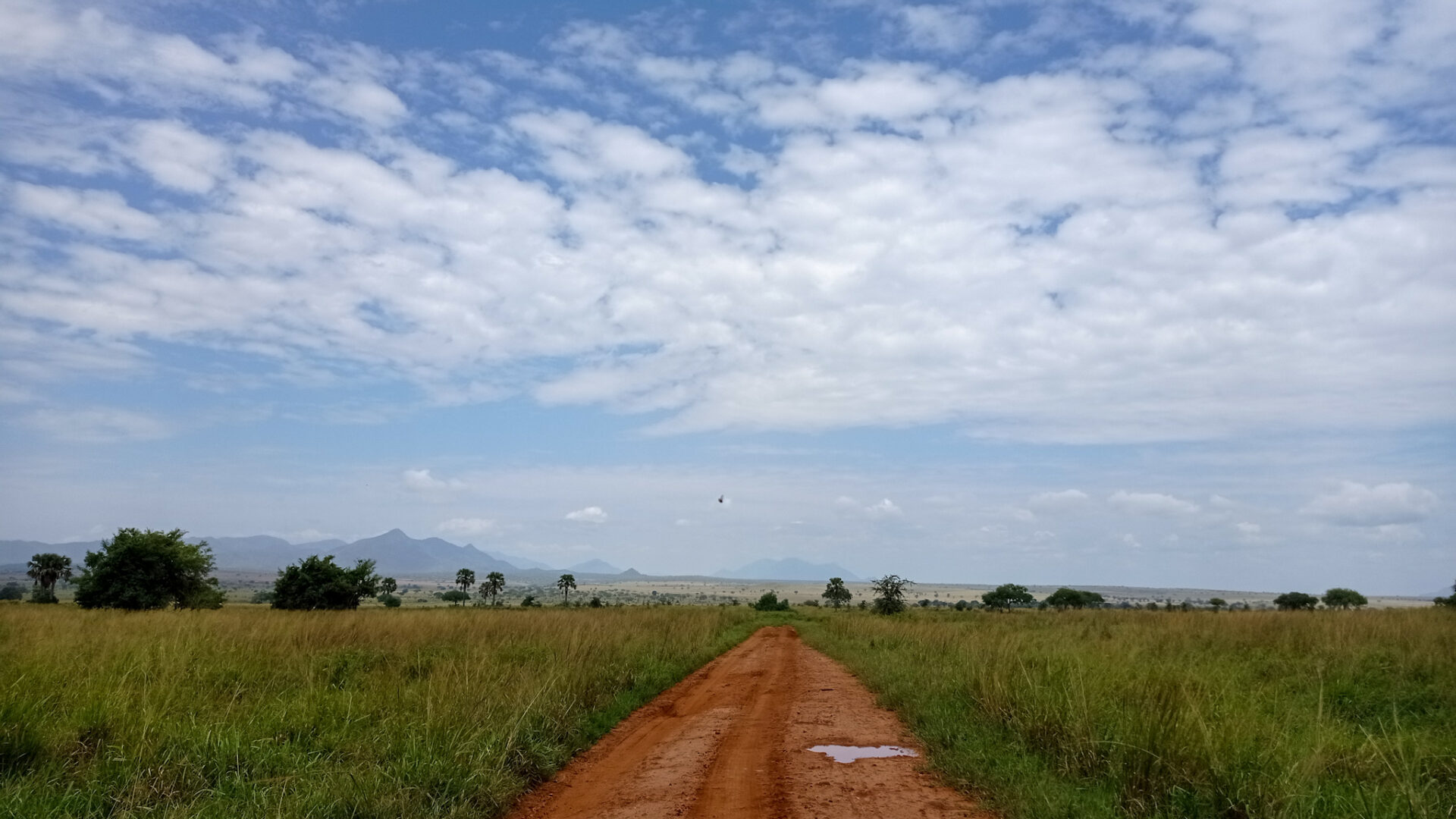
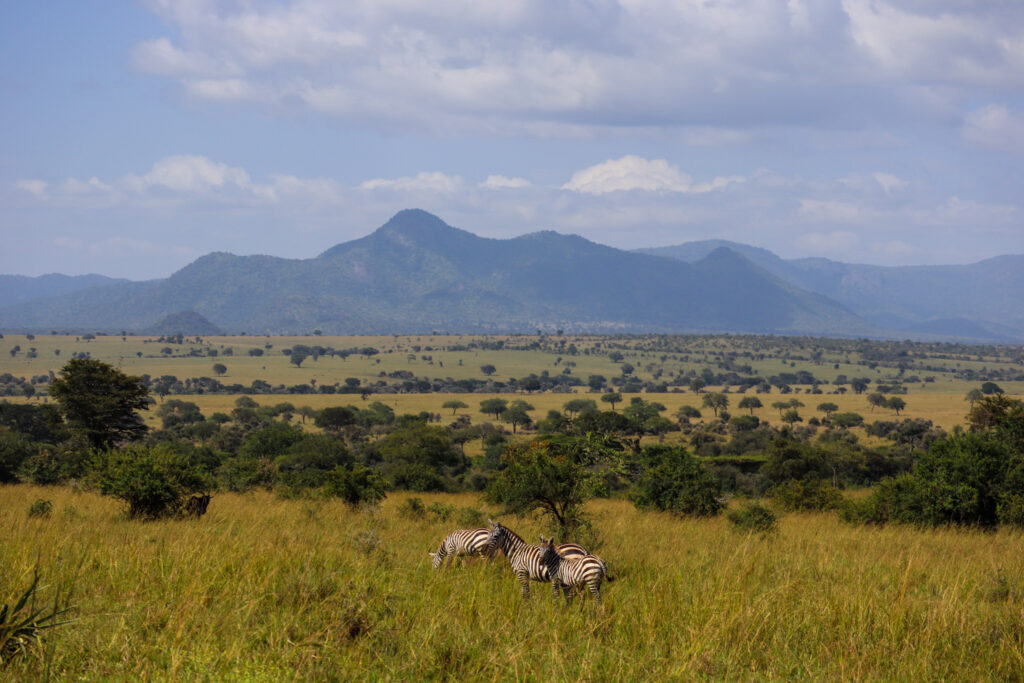
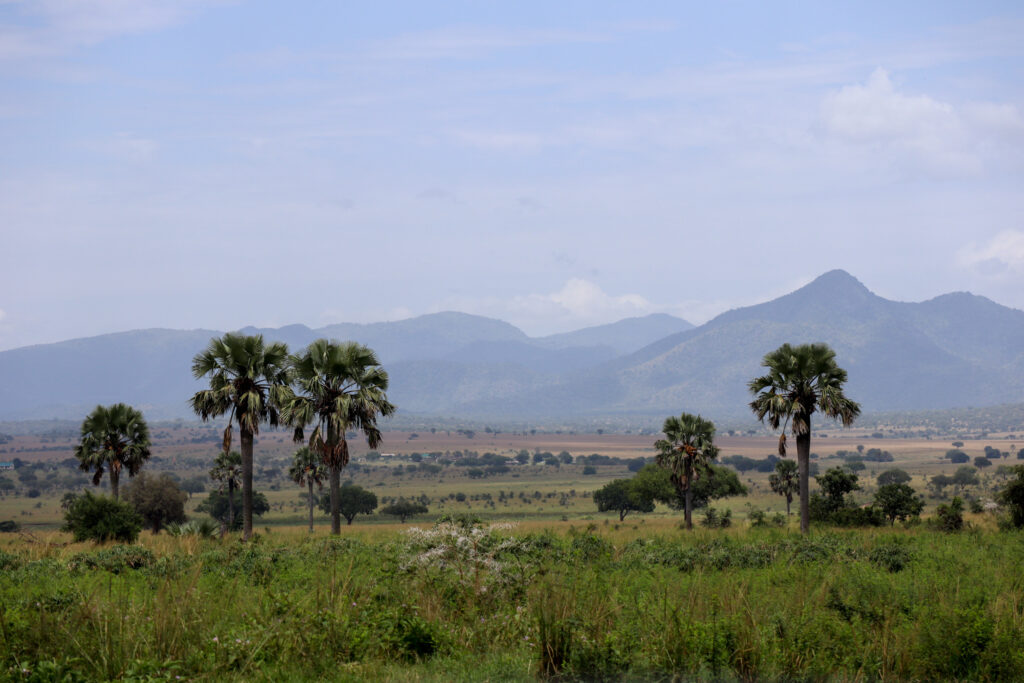
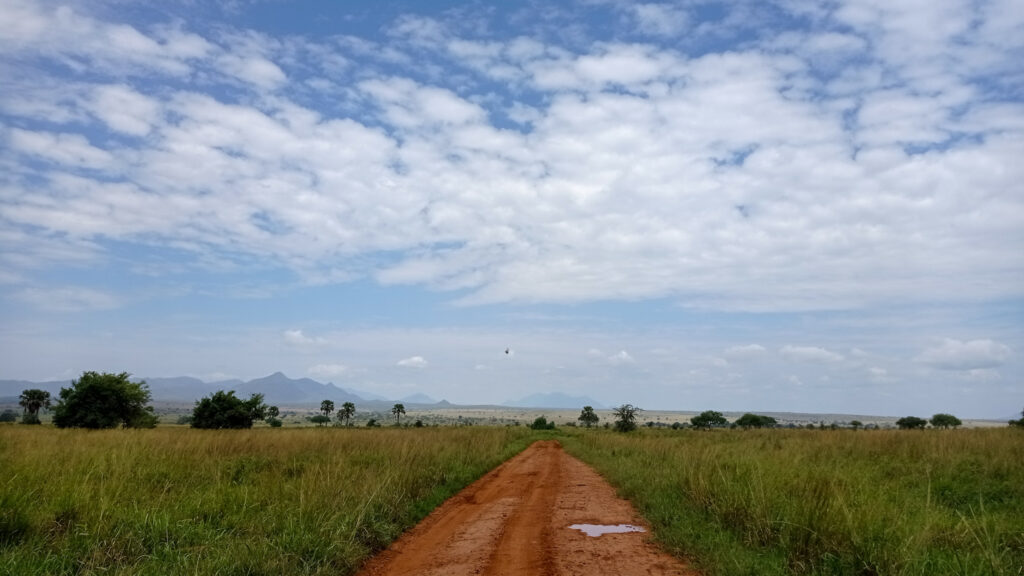


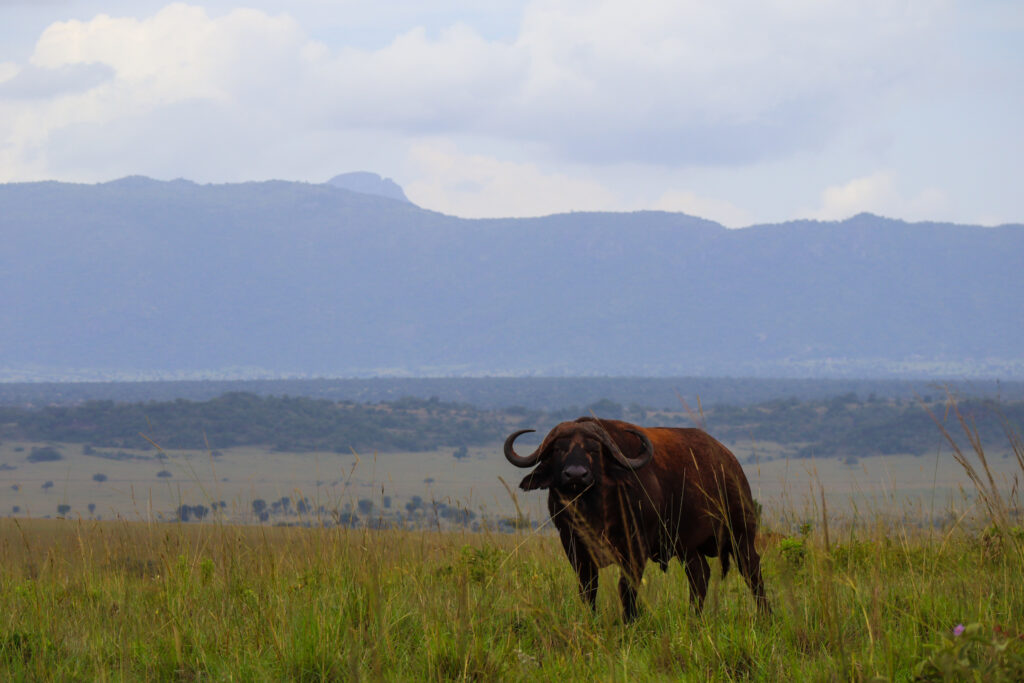
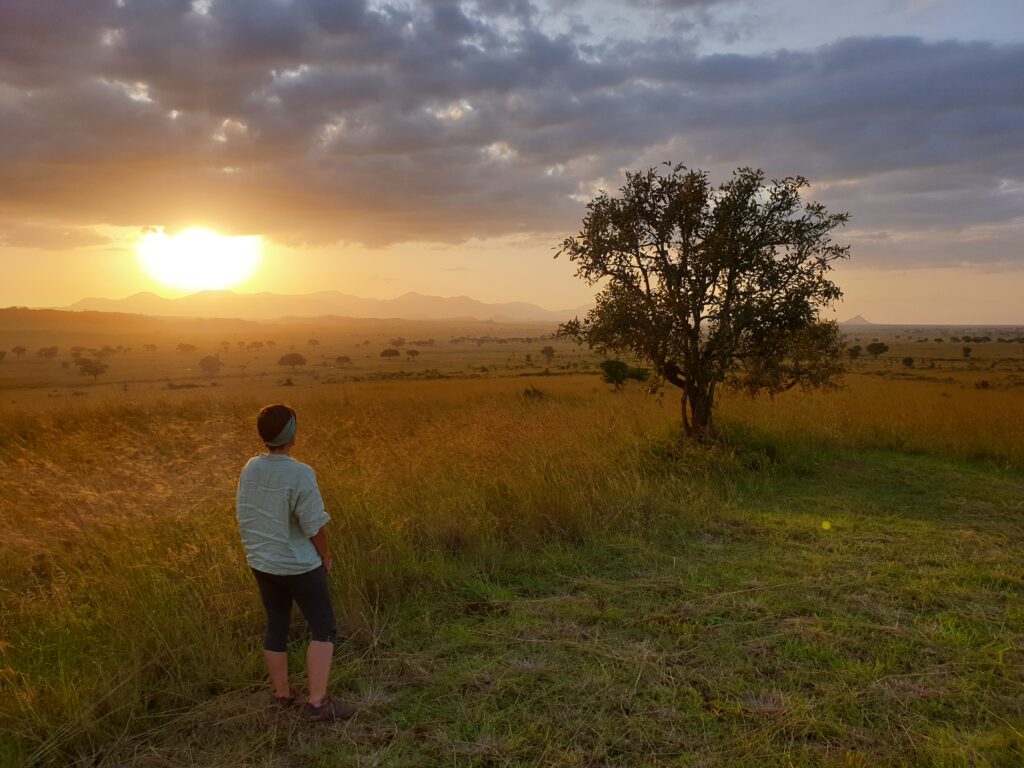

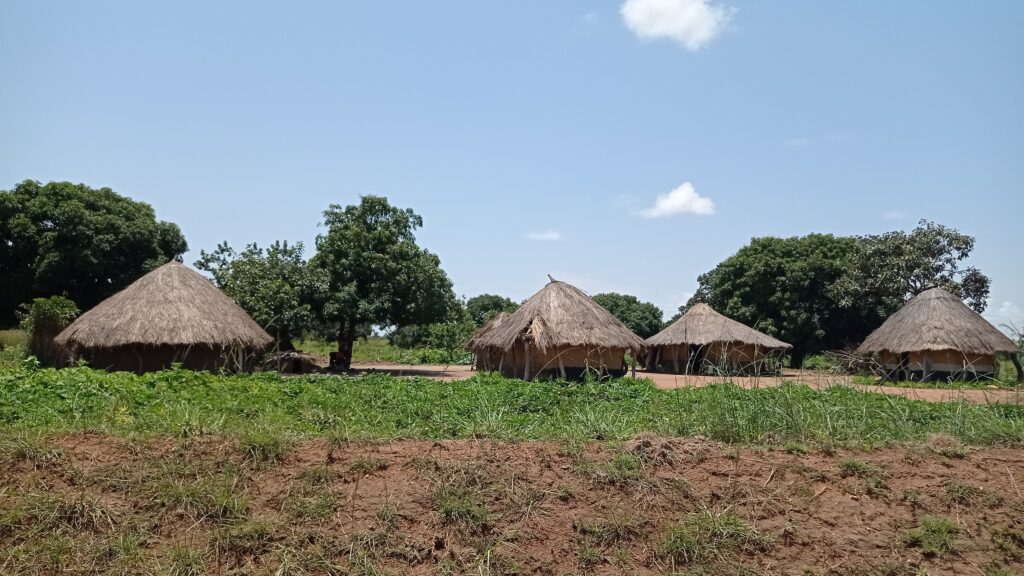
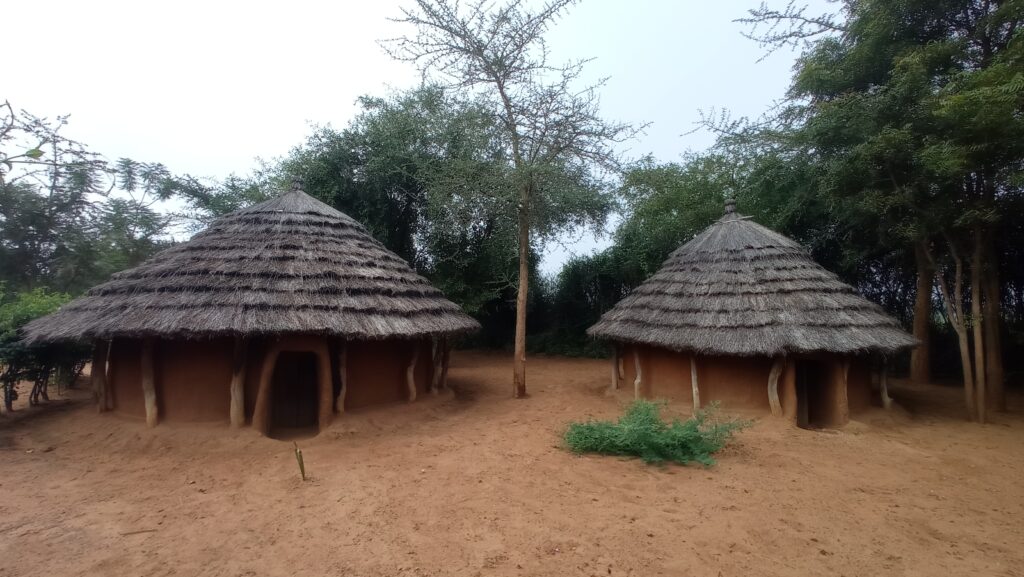


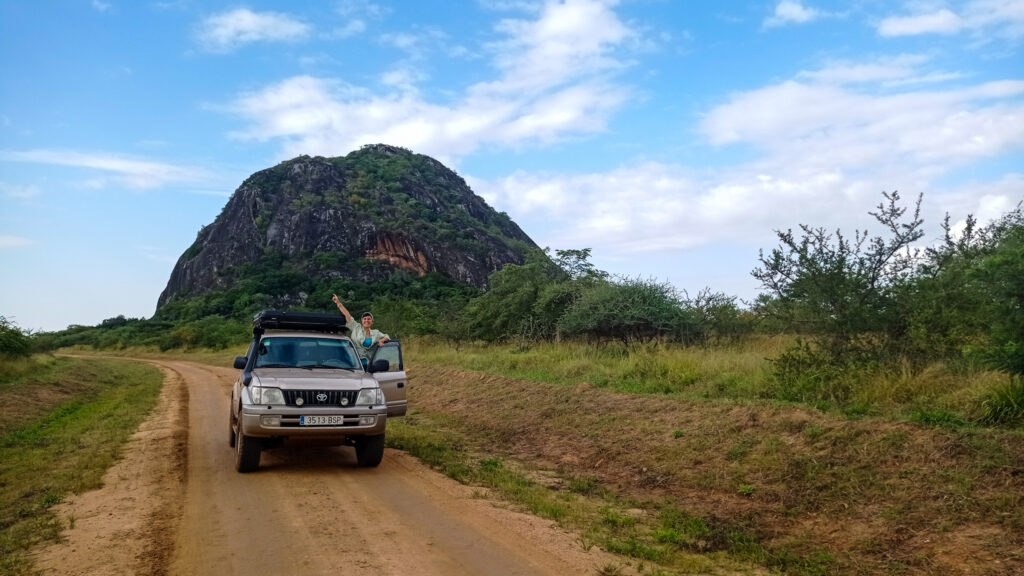
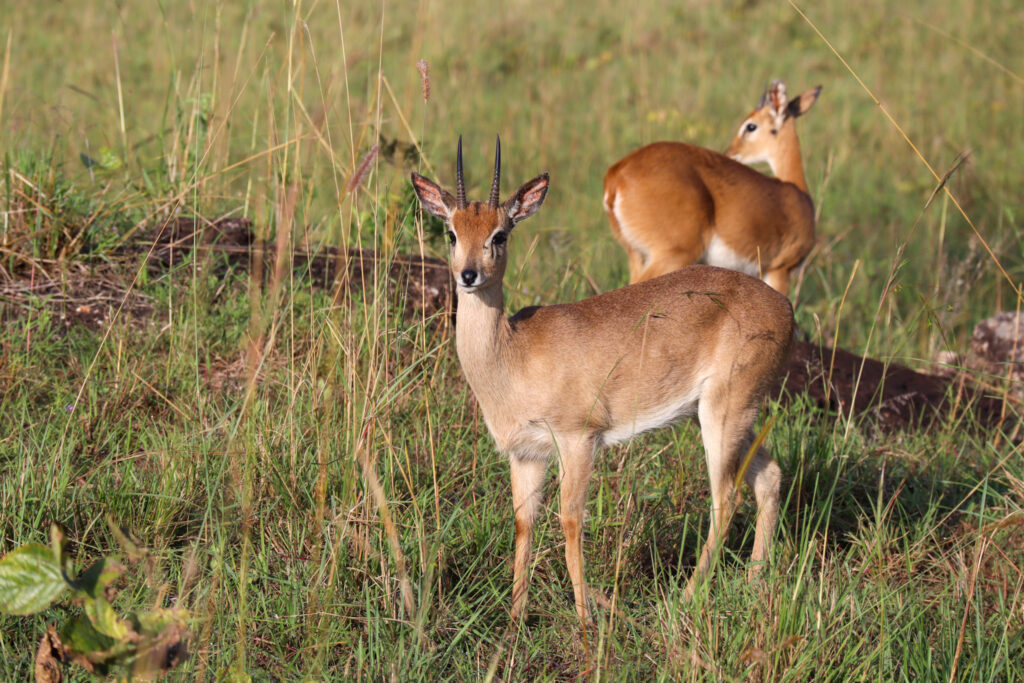
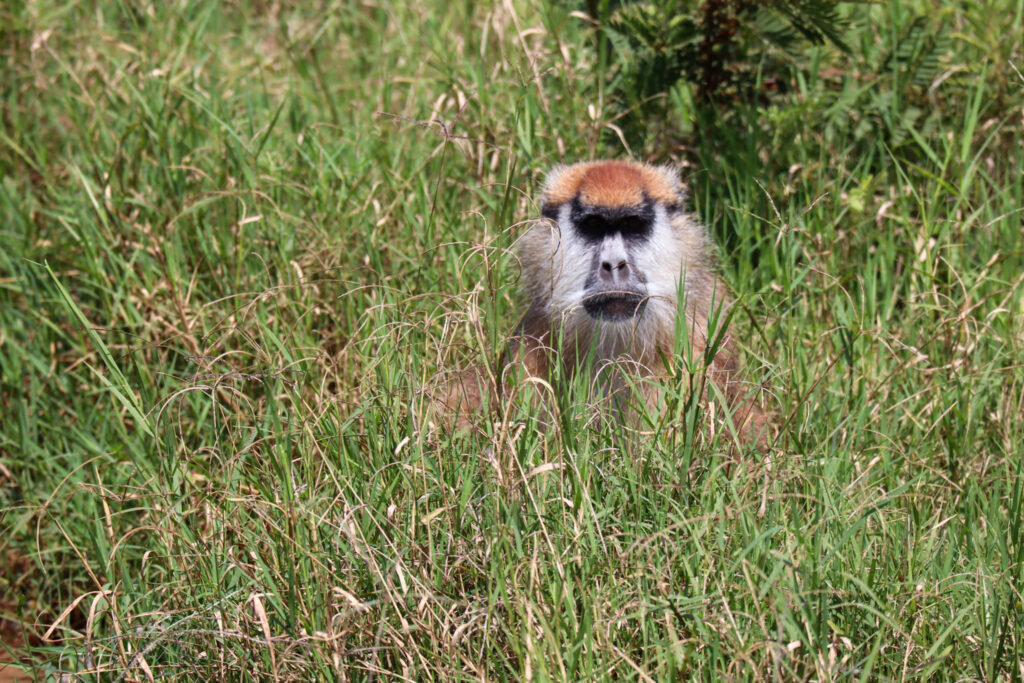
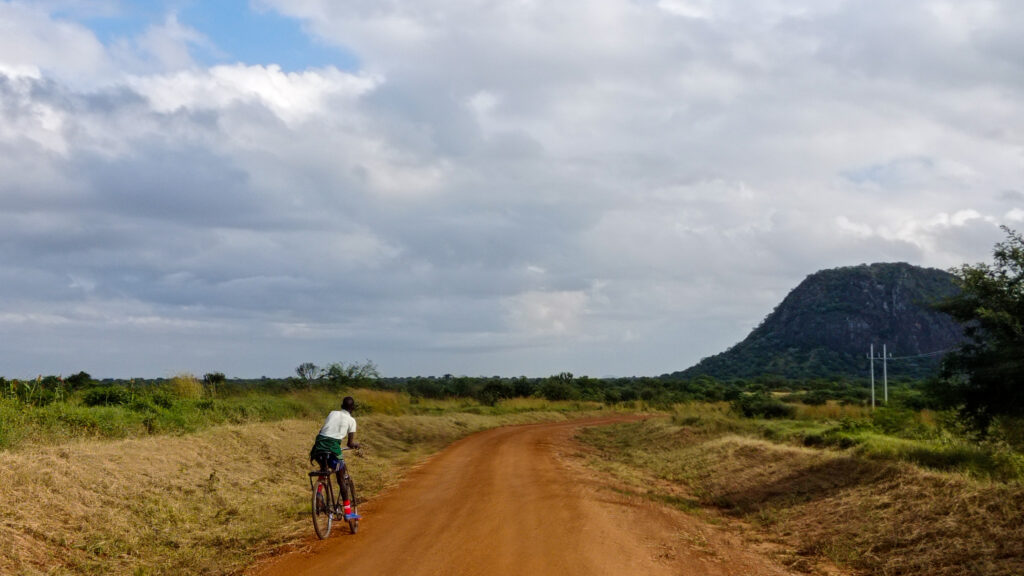
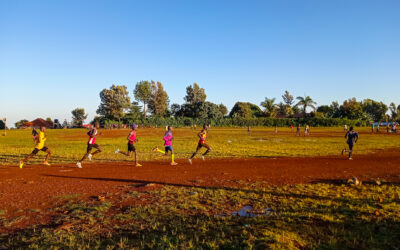

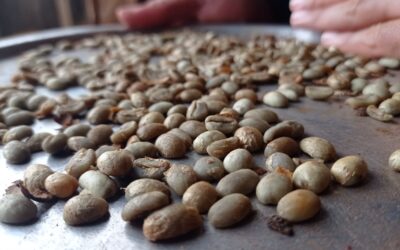
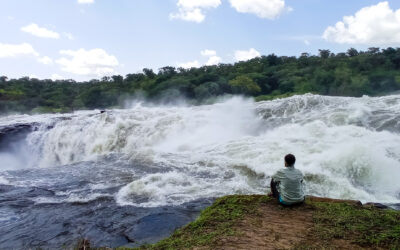
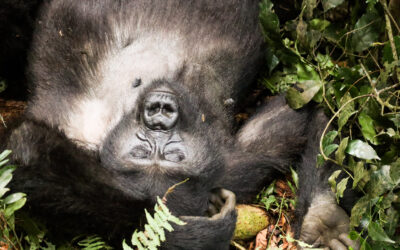
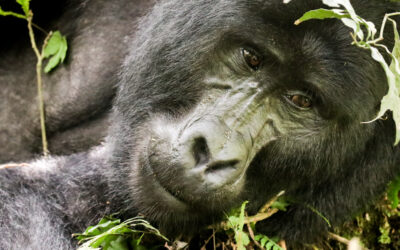
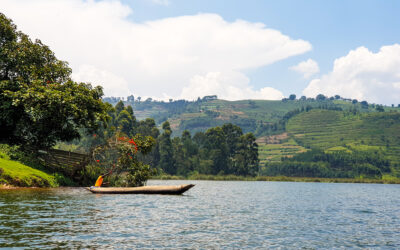

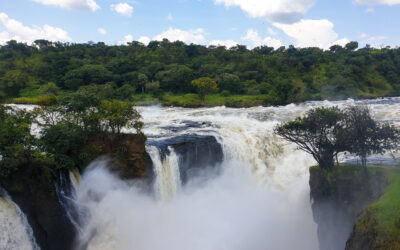
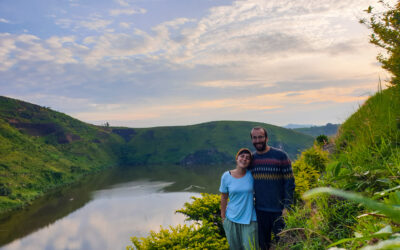
0 Comments